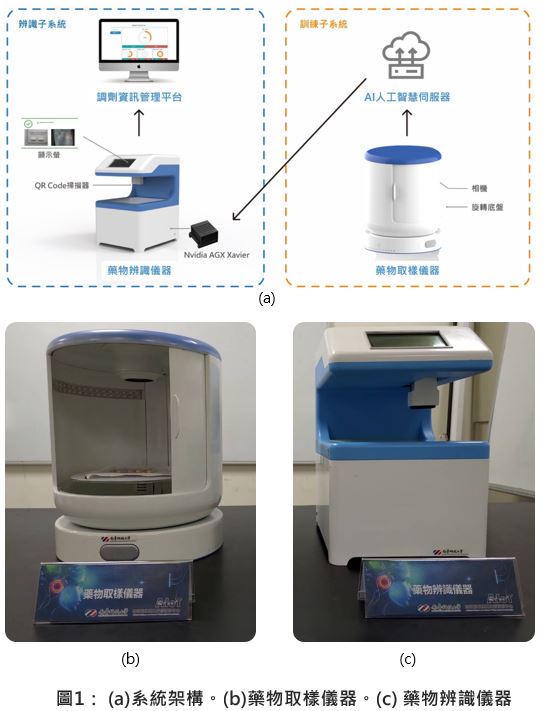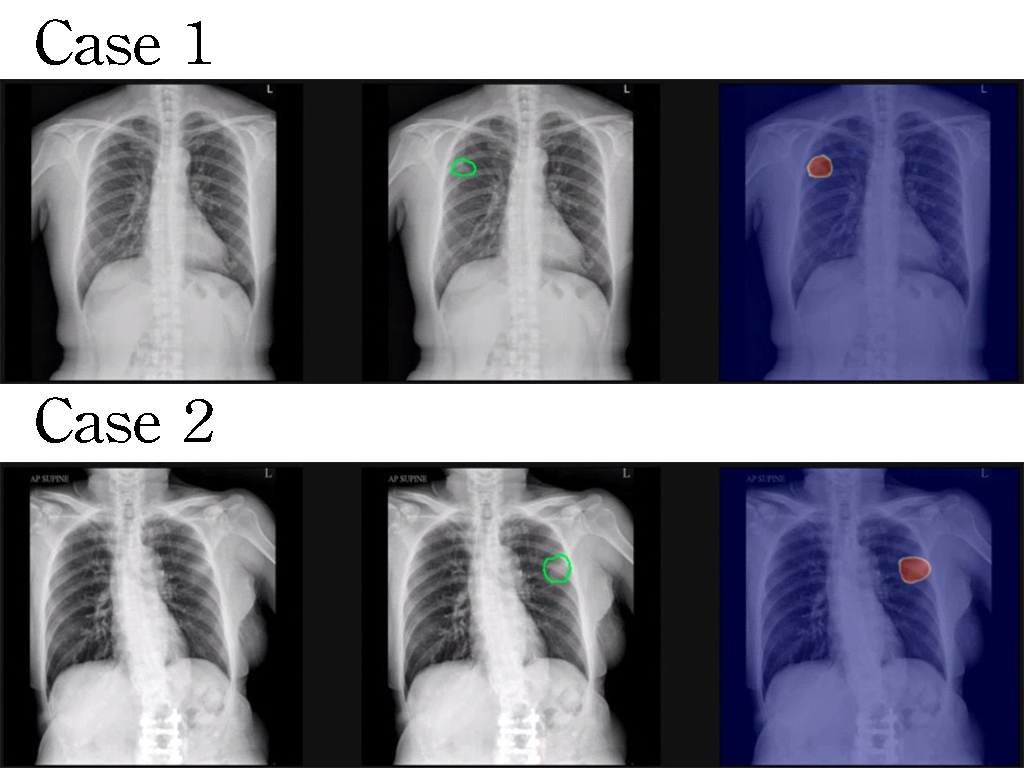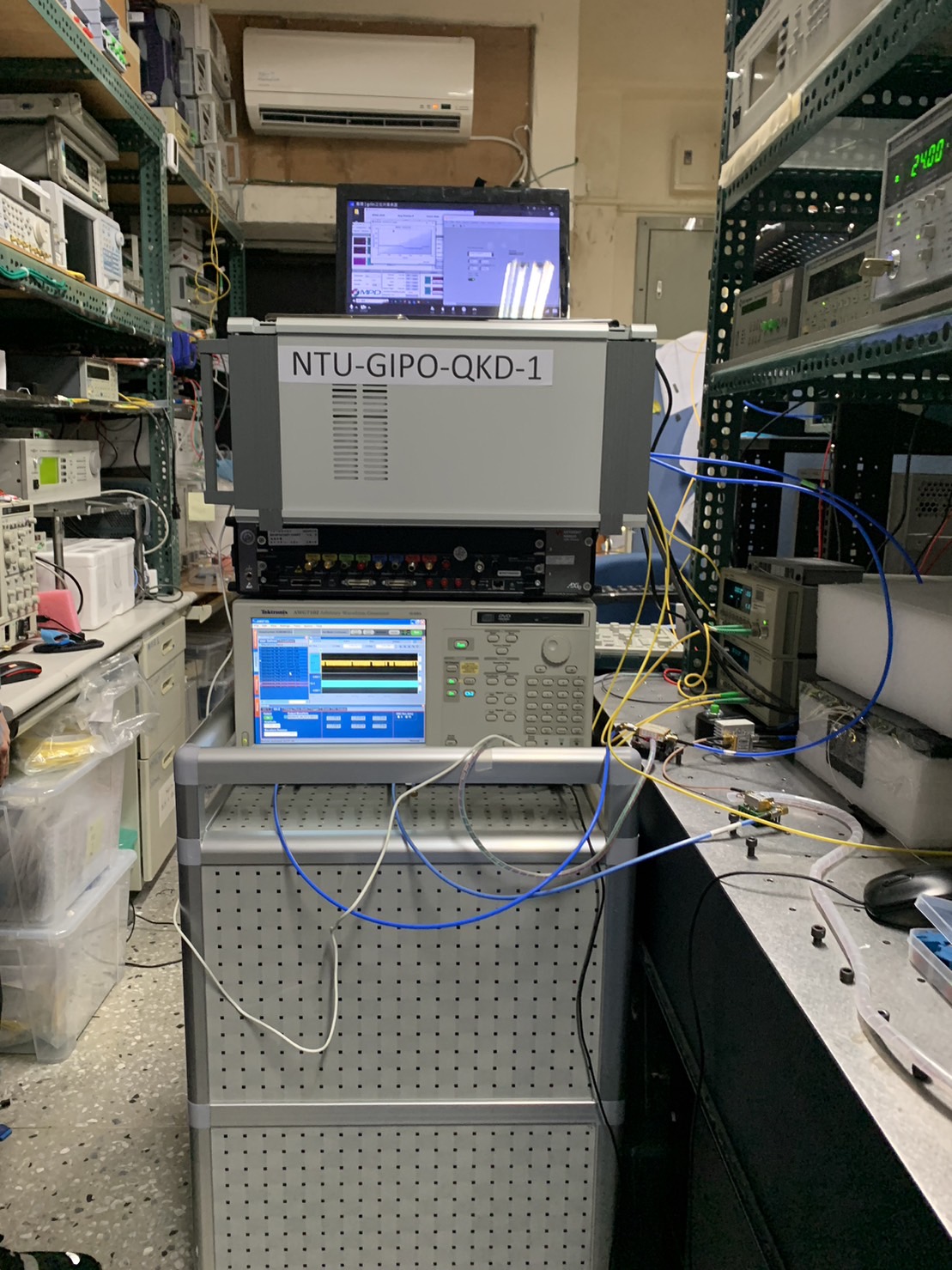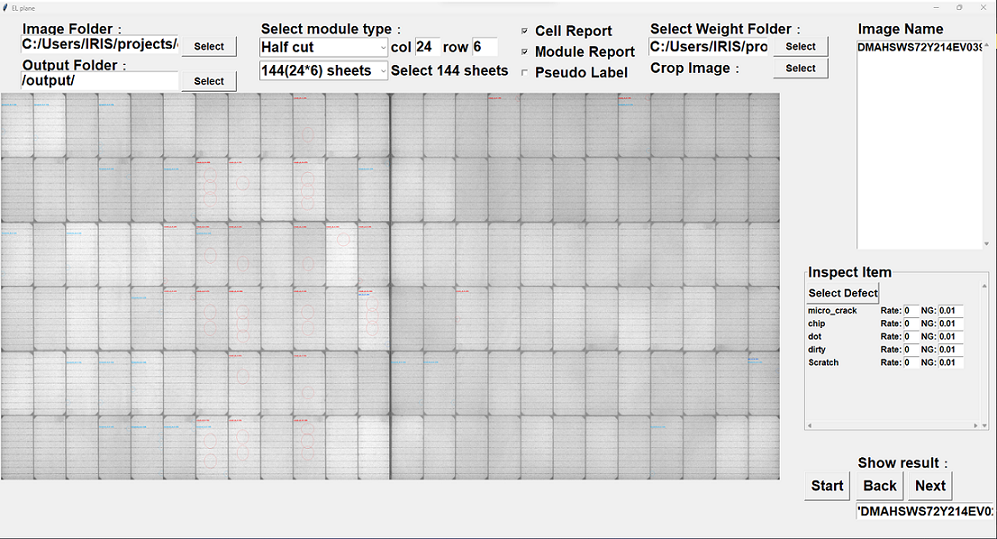| Technical Name | Digital Annealing Research and Development Promotion Project | ||
|---|---|---|---|
| Project Operator | Department of Mathematics, National Cheng Kung University | ||
| Project Host | 舒宇宸 | ||
| Summary | This project focuses on the development and promotion of Digital Annealing (DA) and GPU-based annealing technologies, combining hardware acceleration with software innovation. On the hardware side, DA and GPU annealing are applied to combinatorial optimization, scheduling, experimental design, drug molecule discovery, photomask inverse design, and MicroLED process optimization. On the software side, the work centers on QUBO model construction and transformation, AI-enhanced solving strategies, and GPU parallel performance improvement. |
||
| Scientific Breakthrough | In drug design, traditional efficiently handle 103000 possible molecular combinations. Research conducted by Dr. Jung-Hsin Lin, Deputy Director of the Biomedical Translation Research Center at Academia Sinica, has demonstrated that Digital Annealing (DA) and GPU-based Annealing provides a novel and effective solution. By rapidly exploring vast solution spaces, can accurately predict ligand binding positions and significantly improve computational efficiency powerful tool for high-efficiency drug discovery and virtual screening in digital twin, offering pharmaceutical researchers the opportunity to shorten development timelines, reduce costs, and enhance the precision of candidate selection. |
||
| Industrial Applicability | Digital Annealing (DA) and GPU-based Annealing accelerate drug discovery by improving molecular screening and binding energy evaluation, thus enhancing efficiency and reducing experimental costs. They are valuable tools for advancing new drug development. In combinatorial optimization, They both address key problems: solving scheduling for better workforce and resource allocation, optimizing routing for logistics and transportation, and tackling knapsack problems for portfolio and asset management. Beyond healthcare, They are applicable in semiconductors for photomask inverse design, in display technologies for optimizing MicroLED fabrication, and in manufacturing for smarter scheduling and higher capacity utilization. |
||
- Contact
- Abbie Chang
- abbiee.chang@gs.ncku.edu.tw
other people also saw















